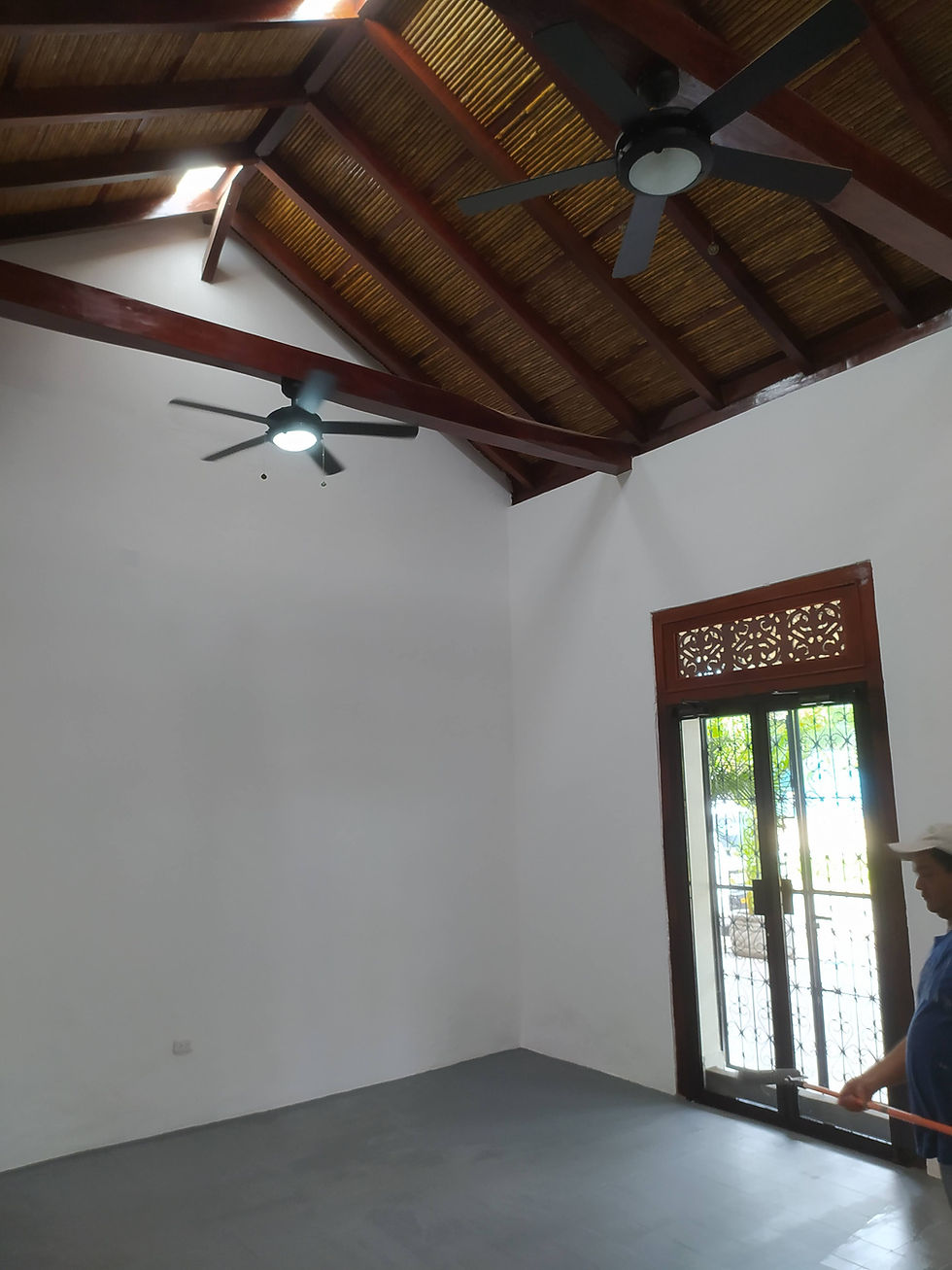11 Reasons to hire an architect
- infoescalaarquitec
- May 17, 2018
- 3 min read
Updated: Oct 1, 2021
1. Training
The architect is a technician with training and experience to design, coordinate and manage building projects. The architect has been trained to cover the different areas involved in the process of designing and building buildings intended for habitat and carrying out human activities.
2. Design Quality
A well-conceived project can be built efficiently and economically, avoiding all unforeseen events to a minimum. The architect's ability to meet the needs of the client and contributes to improve the quality of life of users in their environment. The architect knows how to optimize the available space, considering environmental care, guaranteeing the quality of life and achieving an optimal value with the minimum resources.
3. Creative proposal
Before submitting a proposal, the architect explores all the alternatives that adapt to the needs and budget of each client, therefore, evaluates the economic and functional viability of his project. The architect has the necessary tools to evaluate in a graphical and economic way the options studied. Adapt each element to the customer's taste and make the most of the space. The advantage of the results will always be the originality, exclusivity and customization of the design.
4. Client communication
The client is the key piece of the project, the role of the architect is to interpret his client and conceptualize his needs to shape them through action strategies offering efficient and economically sustainable results. The architect handles a customer needs program as a priority, so he is the one who knows the spatial needs of his project best.
5. Selection of suitable materials
The architect produces plans and specifications by selecting materials and finishes, depending on their quality, beauty, durability and cost. Handle a wide range of materials to choose from, create and match colors, textures, and shapes to design. You can offer many alternatives, depending on your budget. Know the construction market, so no one better to advise you on materials, finishes, and reliable proposals from contractors and suppliers.
6. Security and civil liability
The architect knows how to prioritize the decisions, needs and requirements of the client, adjusting the solutions taken to current regulations and the security requirements in the field of building. Therefore, no one better than him to trust the comprehensive management of his project. During the work process, the architect ensures that the work is carried out according to the project and solves the unforeseen events.
7. Technician capacity
In addition to designing projects, the architect is able to execute them according to the most appropriate construction techniques and solve those technical-constructive problems inherent in each project. The architect with his knowledge and design experience, meets the best conditions to present alternatives. A well-designed and constructively materialized project will be more sustainable and require lower maintenance costs.
8. Organization
The architect plans and schedules the development of a work in all its stages, can foresee things that the client would probably not take into account and execute others that he would not know how to deal with, for example, detect possible problems related to official regulations and coordinate the work of specialists in complex projects. The architect has the necessary ability to direct and manage the execution of a work, advising the client for the choice of budgets and supervising the advancement and labor.
9. Municipal formalities and the administrative management
The architect knows well the municipal formalities and the administrative management of each project. This makes it easier to process and you can manage the licenses, the insurance in force, compliance with regulations. These arrangements should be carried out by the technician himself so that the customer does not have to worry. You will be able to design a home that complies with all the laws of quality, sustainability, safety, etc.
10. Administration
The advantage of managing a budget is knowing how much will be spent, how the money will be used to avoid unforeseen expenses. Work planning and project definition are key to avoiding budget variances. No one better than the architect to keep track of the schedule of the times of each stage of the project and the work.
11. Added Value
Good design and good construction bring added value, i.e. greater real estate value to a property. The advantage of having the services of an architect allows to adopt much more efficient solutions, to qualify for a high energy rating that contributes to greater energy and economic savings for the customer. This will add value to your home, premises, building or project.

#moderndesign #architectureinsider #architecturadesign #sanjuandelsur #granpacificaresort #pacificmarlin #Tola #nacascolo #Santaranch #construction #contractor #moderndesign#trending#Nicaragua#Contrator#Construction#Architecture#architect#nacascolo#beachhouse#pacificmarlin#granpacific#sanjuandelsur#tola#Rivas#Granada#Colonialhome#buildinnicaragua#nicalife#livinginnicaragua









Comments